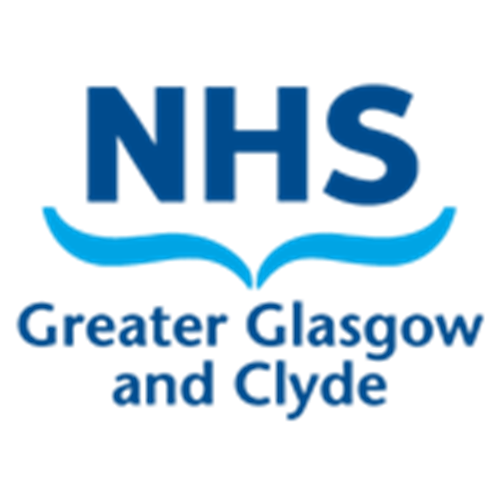1– Prophylaxis cases
The following groups of women should be offered IAP with an intravenous antibiotic which is effective against GBS. This will be benzylpenicillin or, for penicillin sensitive women, teicoplanin.
- Women in whom colonisation with GBS has been identified in current or previous pregnancy
- Women with GBS bacteriuria in current or previous pregnancy
- Women with previous baby affected by early- or late-onset neonatal GBS disease
- Women in confirmed preterm labour< 37+0 weeks gestation
Women with GBS detected in a previous pregnancy have a 50% risk of recurrent GBS carriage and should be offered routine IAP or the option of bacteriological testing in late pregnancy, followed by IAP if still positive.
If performed, bacteriological testing should be carried out at 35-37 weeks gestation or 3-5 weeks prior to the anticipated delivery date, i.e. 32-34 weeks gestation in multiple pregnancies. A single (Amies charcoal) swab should be taken from the lower vagina and anorectum. Healthcare professionals should indicate that the swab is being taken for GBS.
2– Potentially infected women who require antibiotics that also cover GBS
In women:
- Where chorioamnionitis is suspected
- Who have a pyrexia during labour (> 38°C) or a temperature of ≥ 37.5°C on 2 separate occasions at least 2 hours apart or maternal sepsis with a temperature < 36°C
- For whom the sepsis 6 bundle is triggered
Antibiotic therapy should be according to GGC guidelines but in addition, must include specific GBSprophylaxis as below.
Intrapartum prophylaxis
Effective prophylaxis
Prophylaxis is more effective if the first dose is given at least 4 hours prior to delivery and continued at the correct intervals. Antibiotics should be started as soon as possible after the onset of labour and continued until delivery. Prophylaxis is considered to have lapsed if a dose is more than 1 hour late. If prophylaxis with benzylpenicillin has lapsed a 3g loading dose is required rather than the routine 1.8g dose.
NB – As the primary goal of IAP is to prevent transmission of GBS to the neonate, it is vital to give effective prophylaxis even if the baby will receive antibiotics after delivery due to the presence of other risk factors for early onset sepsis.
Women who are receiving prophylactic antibiotics for GBS in labour who require a caesarean section will still require routine co-amoxiclav or clindamycin cover (See antibiotic guideline).
Irrespective of gestation and the presence of risk factors for GBS transmission, IAP is not required if delivery is by planned caesarean section with intact membranes and the baby is clinically well.
Management of rupture of membranes to reduce the risk of GBS transmission
Women with rupture of membranes at term (≥ 37+0 weeks gestation) who are known GBS carriers should be offered immediate IAP and induction of labour as soon as reasonably possible.
Bacteriological testing for GBS carriage is not recommended for women with preterm prelabour rupture of membranes. IAP should be given once labour is confirmed or induced irrespective of GBS status. However, known GBS colonisation should be taken into consideration when making decisions about timing of delivery in women with preterm prelabour rupture of membranes. For those at more than 34+0 weeks of gestation it may be beneficial to expedite delivery if the woman is a known GBS carrier.
